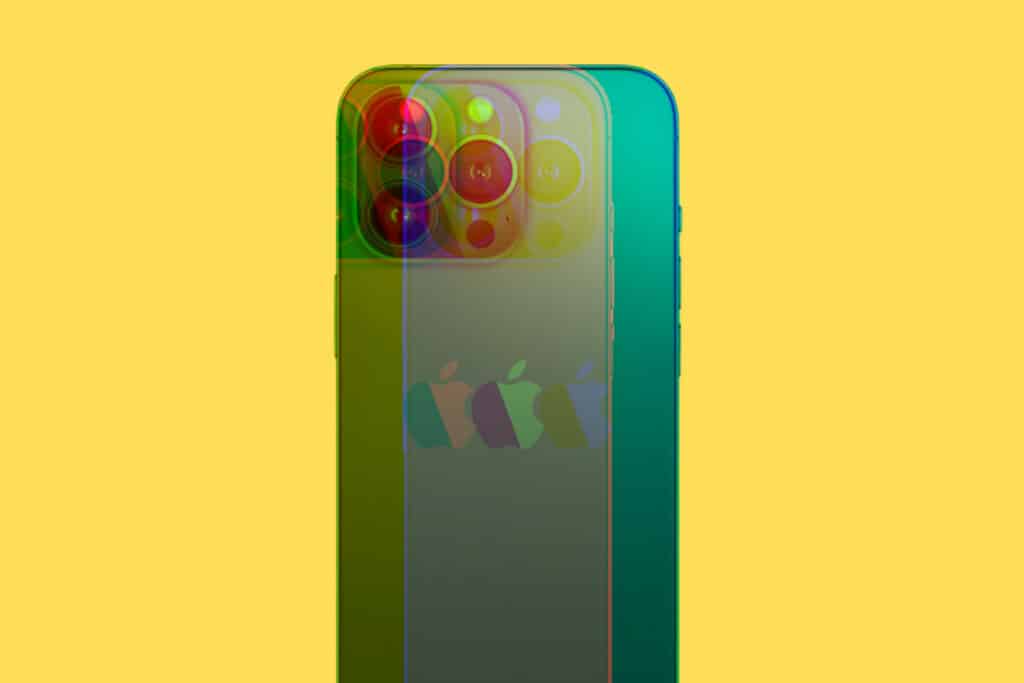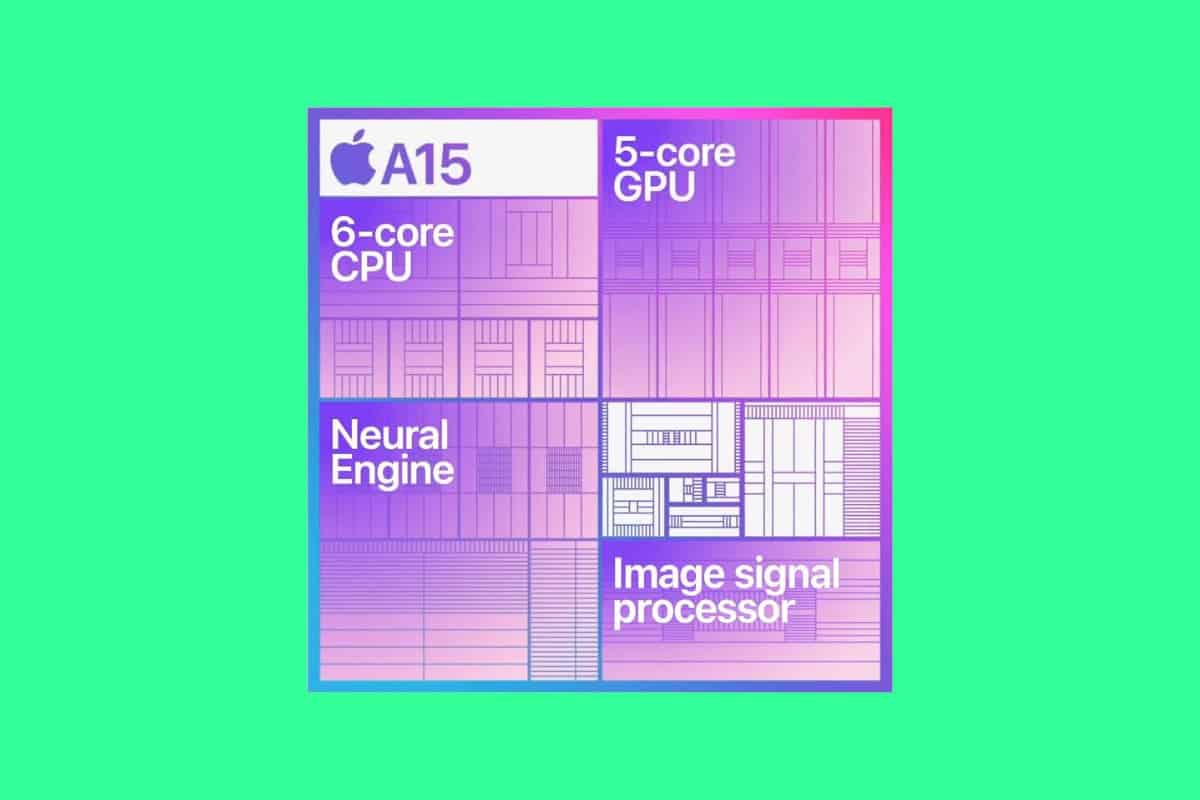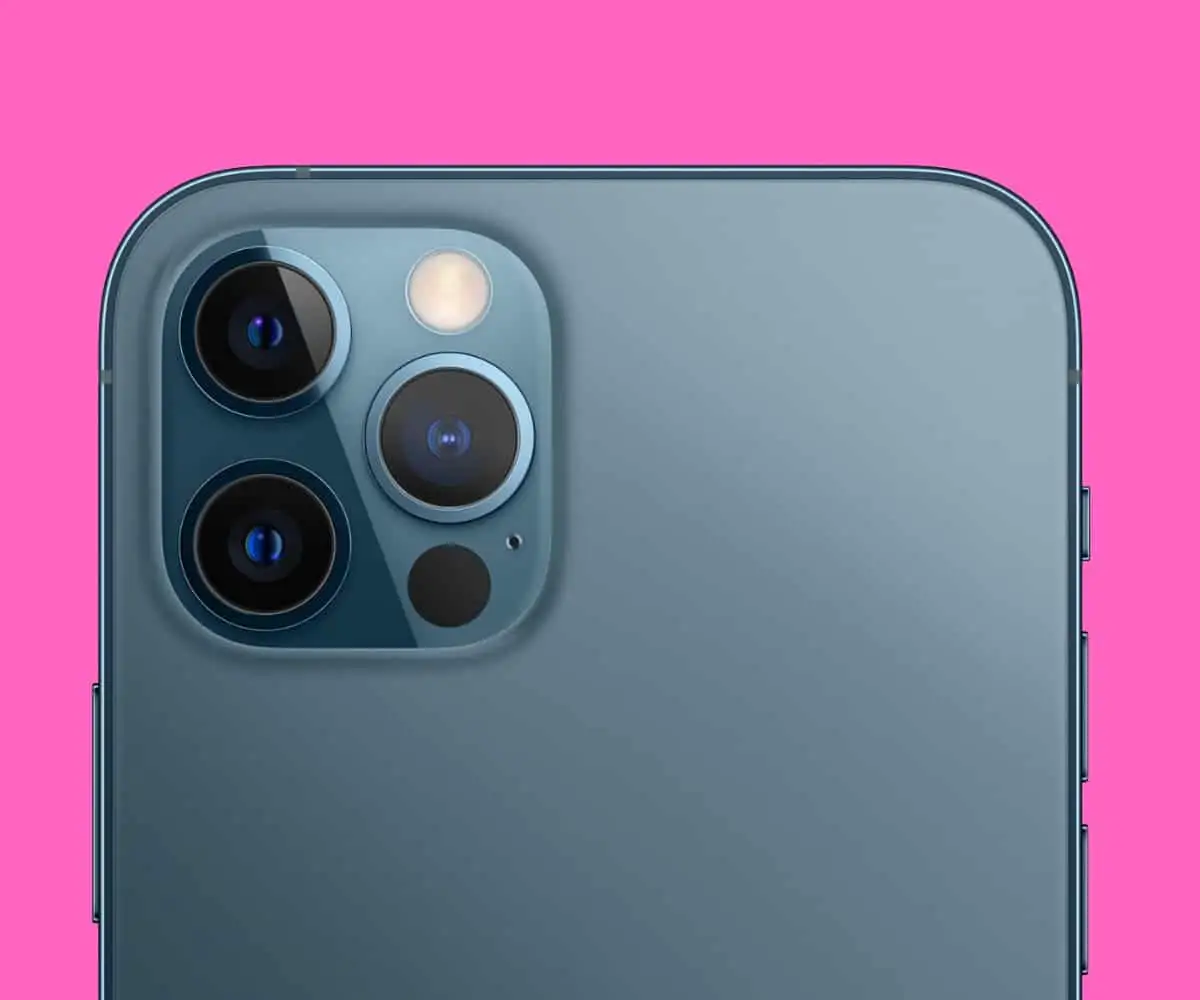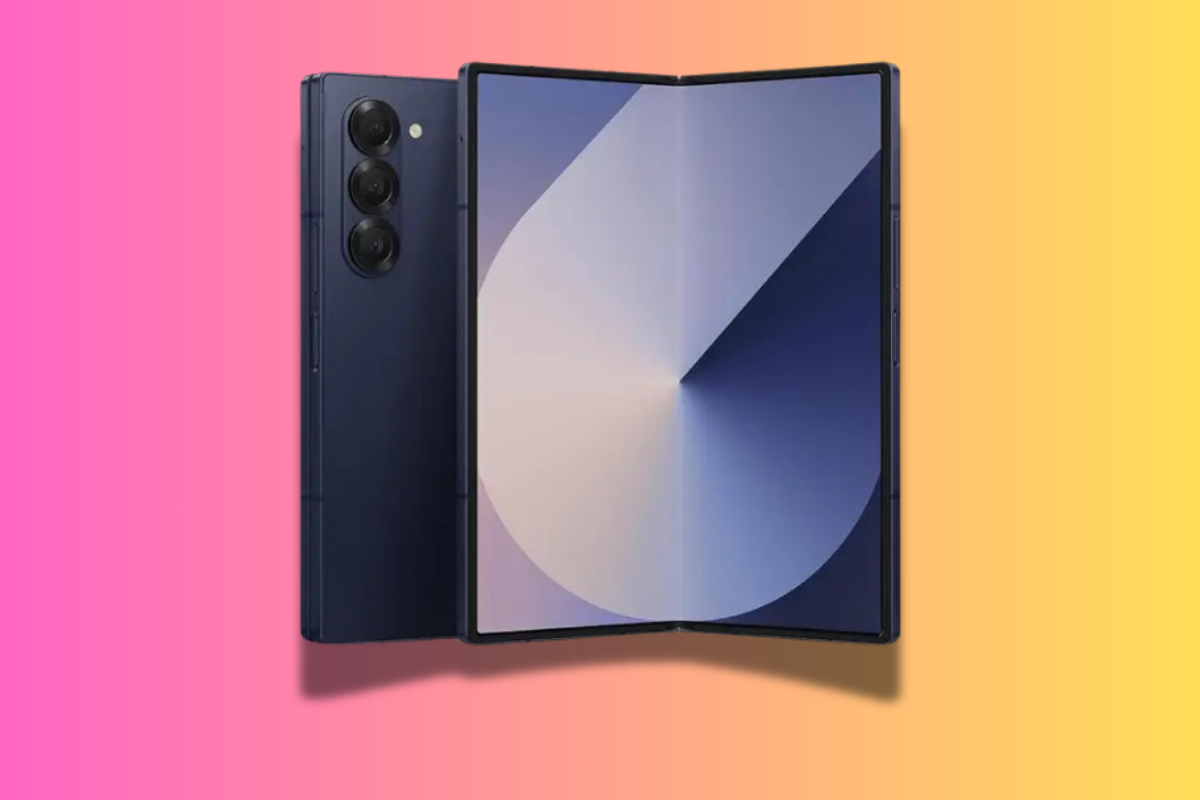Apple’s iPhone 13 Pro Max is a powerhouse with respect to performance and battery life. But how much RAM does the iPhone 13 Pro Max have? Let’s find out…
Key Takeaways
- iPhone 13 Pro Models’ RAM Advantage:
- Both the iPhone 13 Pro and iPhone 13 Pro Max are equipped with 6GB of RAM.
- This extra memory capacity allows for smoother multitasking, especially for tasks like 4K video editing and high-end gaming.
- iPhone 13 Standard Models’ Efficiency:
- The iPhone 13 and iPhone 13 Mini come with 4GB of RAM.
- Despite the lesser RAM, Apple’s software optimization ensures a seamless experience for standard tasks like browsing and streaming.
- The Significance of the “Pro” Label:
- The additional RAM in the Pro models complements other exclusive features, such as ProMotion technology and advanced camera systems, reinforcing the “Pro” distinction.
- Find out more about more about what makes the iPhone 13 Pro Max tick.
- Understanding RAM’s Role:
- RAM serves as the device’s short-term memory, temporarily storing data for quick access.
- It plays a pivotal role in device performance by facilitating fast read and write access for the CPU.
- The CPU-RAM Partnership:
- The CPU and RAM work hand-in-hand. A powerful CPU paired with high-quality RAM ensures optimal device performance.
- This synergy is vital for tasks that demand quick data processing and retrieval.
- Apple’s Unique RAM Approach:
- Apple focuses on software-hardware optimization rather than just increasing RAM capacity.
- This approach allows iPhones to deliver top-tier performance even with comparatively lower RAM.
Launched alongside the iPhone 13, iPhone 13 mini, and the iPhone 13 Pro, the iPhone 13 Pro Max is Apple’s bonafide “flagship-proper” for 2021 and 2022. It has all the biggest updates, the best camera, and, as of right now, the best battery life of any phone on the market.
Part of what makes the iPhone 13 Pro Max so powerful is Apple’s A15 CPU, although all of Apple’s iPhone 13 models come with this SoC. The iPhone 13 Pro Max gets an extra boost in performance, however, in the RAM department which makes it faster than both the iPhone 13 and 13 Mini.
How Much RAM Does The iPhone 13 Pro Max Have?

When it comes to the iPhone 13 series, Apple has made distinct choices in hardware specifications to differentiate its standard and Pro models. One of the most notable differences lies in the RAM allocation.
RAM: Why It Matters
RAM, or Random Access Memory, is a crucial component in smartphones. It serves as the “working memory” of the device, temporarily storing data that active applications are using. A higher RAM capacity ensures smoother multitasking, faster app launches, and an overall more responsive user experience. For tasks that demand a lot of instant processing, such as video editing, gaming, or using augmented reality applications, having more RAM can make a significant difference.
iPhone 13 Pro and iPhone 13 Pro Max: The 6GB Advantage
Both the iPhone 13 Pro and iPhone 13 Pro Max come equipped with 6GB of RAM. This additional memory, compared to the standard iPhone 13 models, allows these Pro devices to handle more intensive tasks with ease.
Whether you’re editing 4K videos, playing graphics-intensive games, or juggling multiple apps, the extra 2GB of RAM in the Pro models ensures that the phone can manage these tasks without any hitches.
iPhone 13 and iPhone 13 Mini: Efficient with 4GB
While the iPhone 13 and iPhone 13 Mini ship with 4GB of RAM, it’s essential to note that Apple’s optimization between hardware and software ensures that these devices still offer a smooth and efficient user experience for everyday tasks.
For the average user, this amount of RAM is more than sufficient for browsing, social media, streaming, and regular app usage.
The “Pro” Distinction
The choice to equip the Pro models with more RAM is just one of the many decisions Apple made to justify the “Pro” label. The iPhone 13 Pro and iPhone 13 Pro Max are designed for users who demand the best performance, camera capabilities, and features from their devices.
The additional RAM complements other advanced features exclusive to the Pro models, such as the ProMotion display technology and enhanced camera systems.
Understanding RAM: Why It Is So Important For Smartphone Performance

When discussing the performance and efficiency of smartphones, RAM often takes center stage. But what exactly is RAM, and why is it so crucial to your device’s functionality?
What is RAM?
RAM, which stands for “Random Access Memory,” is a type of volatile memory in your device. Unlike storage memory, which retains data even when the device is powered off, RAM temporarily holds data that active applications and the system’s processes are currently using. Think of it as your phone’s short-term memory, where it keeps information it needs to access quickly and frequently.
The Role of RAM in Device Performance
The primary function of RAM is to provide fast read and write access to a storage medium, allowing the Central Processing Unit (CPU) to retrieve and send instructions at lightning speed. In simple terms, the more RAM your device has, the more data it can store for quick access, which in turn can lead to faster performance. However, quantity isn’t the only factor; the quality and speed of the RAM are equally important.
RAM and CPU: A Symbiotic Relationship
While RAM is essential, it doesn’t work in isolation. The CPU, often referred to as the “brain” of the device, processes all the commands and operations. For optimal performance, the CPU and RAM must work in harmony. High-quality RAM ensures that the CPU can process tasks efficiently, while a powerful CPU can make the most out of the available RAM. It’s a two-way street where both components rely on each other.
Apple vs. Android: A Different Approach to RAM
Apple’s approach to RAM has always been unique. Instead of focusing on sheer quantity, Apple emphasizes optimization between its hardware and software. This tight integration allows iPhones to deliver smooth performance even with comparatively lower RAM than many Android counterparts.
On the other hand, many Android manufacturers pack their devices with larger RAM capacities, sometimes reaching up to 10GB or 12GB. This isn’t just a numbers game; Android’s open ecosystem and diverse range of applications can benefit from the additional RAM, especially on devices designed for heavy multitasking or gaming.
iPhone RAM Amount By Model: A Comparison
| iPhone Model | MEMORY (RAM) |
|---|---|
| iPhone 8 | 2GB |
| iPhone 8 Plus | 3GB |
| iPhone X | 3GB |
| iPhone XR | 3GB |
| iPhone XS | 3GB |
| iPhone XS Max | 3GB |
| iPhone 11 | 4GB |
| iPhone 11 Pro | 4GB |
| iPhone 11 Pro Max | 4GB |
| iPhone 12 | 4GB |
| iPhone 12 mini | 4GB |
| iPhone 12 Pro | 4GB |
| iPhone 12 Pro Max | 4GB |
| iPhone 13 | 4GB |
| iPhone 13 Mini | 4GB |
| iPhone 13 Pro | 6GB |
| iPhone 13 Pro Max | 6GB |
| iPhone 14 | 6GB |
| iPhone 14 Plus | 6GB |
| iPhone 14 Pro / Pro Max | 6GB |
Why Do iPhones Use Less RAM Than Android Phones
The simple answer to why iPhones require less RAM than Android phones is to do with the differences between how iOS and Android are designed.
Android uses a “garbage collection” solution for memory management, whereas Apple doesn’t. This GC method for memory management requires higher amounts of memory – usually 2X or even 8X the amount you’re actually using – to function optimally.
This is why Android phones with 12GB of RAM are beaten by iPhones with 2GB or 4GB of RAM. Apple’s iOS platform does not use the resource-hungry GC memory management solution, so its phones – including the iPhone 13 – can run smoothly and effectively on way less RAM.
This means Apple spends WAY less, cumulatively, on memory than nearly all of its peers. The upside to this, for Apple, is that its phones cost less to make than, say, Samsung’s Galaxy S21 Ultra or the OnePlus 9 Pro.
The downside is that Apple does not seem keen on passing the savings on to you, the consumer. But you don’t get to be one of the world’s most profitable companies by being charitable to your customer base.
iPhone 13 Resource Hub 📚
Here’s some of our most helpful content related to the iPhone 13. If you’re looking to buy one, the in-depth guides and reviews below should help:



